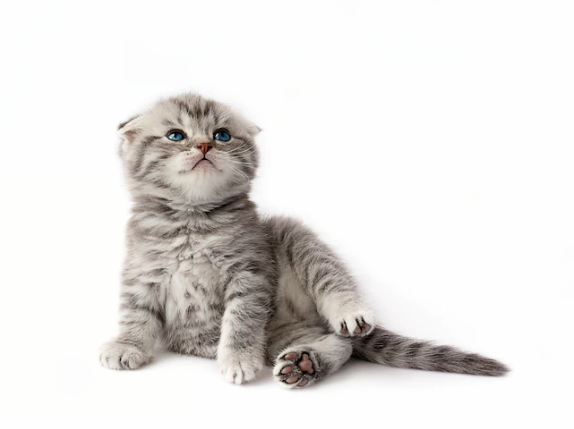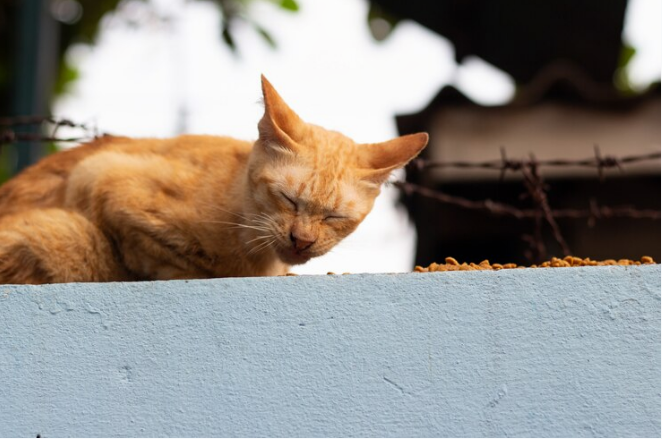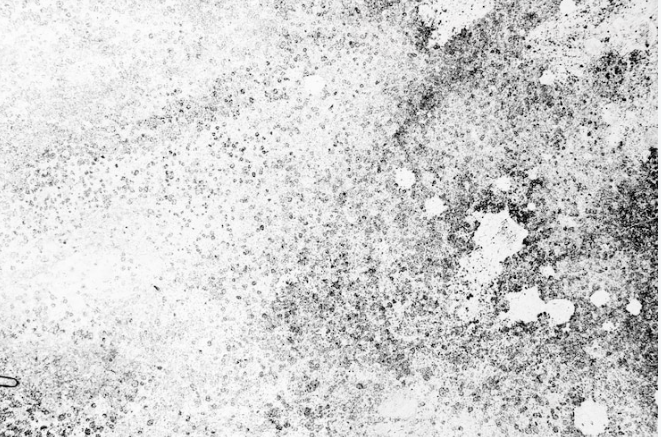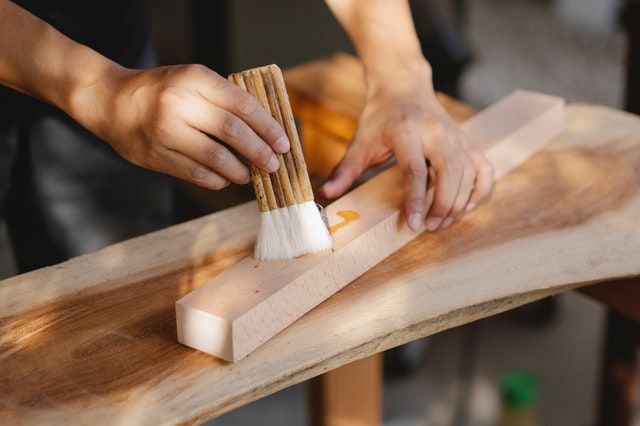If your family has animals at your home, you probably know that not all of them should be consuming the same food as you. In fact, owners should be aware that animals can potentially consume harmful products inadvertently placed throughout their household. This leads to a good discussion about drywall toxicity and cats.
Table of Contents
ToggleIs Drywall Dust Toxic to Cats? (Detailed Guide)
Many people that own a cat, who are planning a drywall project, may wonder if this is a toxic substance for their favorite feline. It’s a complicated answer to be sure. For example, drywall dust candy is extremely toxic for felines, but it depends on how much there is and the type of drywall you are using.
Let’s look at the potential dangers that cats can experience from drywall dust and how you, as their owner, can protect them.
There is likely a multitude of microscopic house dust mites throughout your home. Animal dander, as well as human dander, is what they will feed upon, as well as hair and skin scales. You will often find this material in pet bedding, sofas, carpets, mattresses, and certainly in your beds on the sheets as well. People can easily develop hypersensitivity to dust mites, and the same is true with cats and dogs.

Will Cats Actually Eat Drywall?
There is a medical condition that cats can develop over time called Pichia which can be obtained through the looking of various objects throughout your home, a condition that does not come from consuming food. In many cases, animals will consume products that they should stay away from.
Will Your Pets Consume Drywall?
In general, if you have leftover pieces of drywall or even sawdust, pets tend to find these materials appealing which can lead to electrolyte imbalances if they consume too much of this material. They may need some type of IV fluid therapy if this does occur.
Why Would A Cat Eat Drywall?
Many experts have considered the reason that a cat would want to do this, and also the disorders that may lead up to them developing pica. For example, at the age of three months, cats can develop this condition, and by age 2, it could be in their legs which can be identified through certain symptoms.
Renovations can lead to the appearance of this type of dust which is why it is important for animal owners to be aware of these potential problems. A person that is working on different surfaces with a sanding tool can produce this material which will lead to dogs being poisoned or even developing seizures. Both adults and children can also experience similar difficulties.

Ask Experts: Is Drywall Dust Always Toxic?
If you want to fix a building, such as through a renovation project, joint compounds may be used. As a tradesman, I have used this material for well over a decade. I know that I will be covered with this material when doing these projects. So is drywall dust really toxic? As I grew up, I often felt the effects of this type of work, and I am thinking more about it as I get older. It’s important to take precautions now when I do this type of work.
Gypsum Facts To Know For Pet Lovers
This is a nonflammable product
You can develop allergic reactions but it is not actually hazardous to your skin
It can irritate different areas of your body including your throat, mouth, nose, and your eyes for a limited amount of time
If you decide to use this regularly, always wear a mask
It is a nonreactive substance when placed in water
In general, within the human body, is also nonreactive
Drywall Dust Control Options
Using drywall compounds that produce minimal dust.
Use negative pressure machines when sanding with drywall.
Use vacuum sanders.
Use wet sand when you are working with drywall joints.
Always have a plan. Prior to doing any type of work, a definitive plan must be created. …
Use sheets that are made of plastic. …
Always have your HVAC system running. …
Make sure that your vents are sealed. …
Get some box fans. …
Make sure that the entire area is clean. …
Check your furnace filter regularly. …
Humidifiers and air purifiers should be used.

Understanding Drywall Dust
When you are doing different types of construction projects, drywall dust will certainly be present. Although it is somewhat harmless, it can be irritating, especially when you are producing large quantities of this material.
If you don’t want to deal with drywall dust, try to produce less of it. You can do this by using vacuums that have HEPA filters and also cleaning up directly after completing your projects.
Look for cracks and gaps that can be sealed using any type of drywall compound to help minimize how much dust will be collected as you are finishing each project.
All of these are simple precautions that you can take in order to minimize how much dust is produced and it will also keep your entire area much cleaner.
Will Drywall Be Toxic For Felines?
When using a sander when you are working with drywall, incredibly fine dust can be produced. Cats could be harmed by this material in some cases.
Toxicity and drywall dust go together when discussing cats. They can develop respiratory problems because of the particulates that can get into the lungs which can lead to aggravating situations.
They can consume this material as well, which can lead to gastrointestinal blockages and problems with her stomach.
Licking just a small amount of this material is not going to harm them dramatically, but you still need to prevent them from being around this substance.
Whenever you are working with drywall, precautions should always be taken if you are the owner of a cat.
Drywall Removal Tips
One of the most challenging things that you can do when working on renovation projects is to remove drywall dust. You should also wear a mask so that you do not inhale the substance.
Second, you can write down the surfaces with a damp cloth prior to even doing any of this work with the sander. You don’t want this material to become airborne at all. Third, HEPA filters are a great way to keep your entire area safe from fine particulates.
Once you are done working on your project, make sure all of your equipment is thoroughly cleaned. These tips will help you reduce the potential of developing respiratory problems from drywall dust plus keep your entire workspace clean.
Common Substances And Poisons That Can Affect Cats
Potentially dangerous flowers and other plants
There were many poison-related emergencies, according to the APPC, in relationship to plants and animals in 2016.
Both indoor and outdoor plants, and even bouquets, can prove to be dangerous. Some of the most harmful plants could be daffodils, azaleas, and even tulips. If you have any lilies around, these can be very toxic to cats according to INSIDER reporting as stated by some experts.
Dust And Home Renovations
Pets will often lick different surfaces, and they can also inhale dust particles when you are sanding or renovating a home.
For example, if you are working on a house that was built in the 1970s, lead-based paint will likely be there. You will want to prevent your cats and dogs from licking or inhaling any of these materials because it can lead to seizures and potential poisonings.
Adults and children can also be harmed.

Chocolate
Dogs are not supposed to eat chocolate at all, but it can also be very bad for cats. Pet MD has stated that theobromine and caffeine are also poisonous to cats just like chocolate.
Dogs unfortunately like chocolate, yet cats will not in most cases. Almost 8% of all APPC cases are related to chocolate poisoning.
Dark chocolate tends to be much more lethal them regular milk chocolate.
Products From A Veterinarian
If you do receive any medication from a veterinarian, they tend to make it as appealing to the animal as possible. There is also the possibility that a dog can consume the entirety of a bottle of pills.
Over nine percent of all emergency calls directed to veterinarians will be because of this problem as reported by the ASPCA.
Food Designed For Humans
INSIDER has been told that human food such as eggs that are not cooked, raisins, grapes, garlic, onions, nuts, and even bread dough can be harmful to pets.
An example of this would be a dog consuming a piece of an onion that was, moments before, on your hamburger.
Medications Designed For Humans
When talking about medications for people, such as prescription drugs, or even those that you would get at the store, APPC cases are quite high in regard to pets that consume these products. About 34% of all of the cases that are reported are because of medications. One of the most lethal, in regard to the number of cases reported, is ibuprofen, yet it may also include common medications such as Aleve, antidepressants, and even ADHD medication.
Fertilizer And Garden Products
Fungicides and herbicides are actually irresistible for some pets.
There are certain organic-based products used for gardens that animals will want to consume. If you are using organic fertilizer, which may be composed of materials from chickens, such as bone meal, this is why they will be attracted to these products.
Fortunately, the toxicity of these products is not quite as high as chemically-based fertilizer, yet they can develop diarrhea and begin to vomit yet they will not die. Toxic gardening products may also include plant food, and also mulch, according to some professionals.
Insecticides
Insecticides, whether they are in a liquid form, or if these are in granular form, can be poisonous to a pet.
If the liquid is wet, or if the pellets get out of the bag, they can consume these products which can lead to potential seizures and muscle tremors. Making sure that the containers are put away is the key to avoiding these problems, and also avoiding the potential for these products to be found on a sidewalk or even on your deck.
Essential Oils
Aromatherapy practitioners will often have essential oils around – perhaps you may have eucalyptus or tea tree oil around – which can be poisonous to your pets and particularly felines.
Using essential oils around the home is something that you need to consider very carefully, perhaps even talking with your local veterinarian.
Potpourri in a liquid form can also be dangerous which can cause vomiting, muscle tremors, and even difficulty breathing.
Can Pica (Eating Disorder) Be Dangerous For Cats?
Constipation and even pancreatitis can develop as a result of this. Although the symptoms are not fully recognized at times, it does not mean that the condition will not manifest.
Is Pica In Caps Fixable
Your cat may have access to electrical cords, blankets, clothing, or even plants, which is why you should try to keep these as far away from them as possible due to their predatory nature. Although not every cat is going to try to chew or lick these materials, it is still something that may occur.
Will Your Cat Ever Grow Out Of Pica?
It is possible that, even at the age of three months, this condition can develop, yet after a few years the pica will diminish.
Conclusion
Drywall dust is certainly a material that can be toxic to cats and may lead to several different types of health problems even if it is inhaled. Anyone that believes that their favorite feline has inhaled drywall dust should contact their local veterinarian as soon as possible.
You can prevent their exposure to drywall dust by using dustproof covers, particularly when you are sanding this material, or perhaps removing drywall during a renovation project, which can help them avoid coming into contact with this material. All of these precautions should be considered so that you can keep your favorite cat safe from the potential of getting sick, or worse, as a result of exposure to drywall dust.








